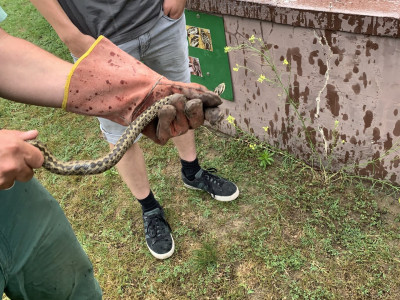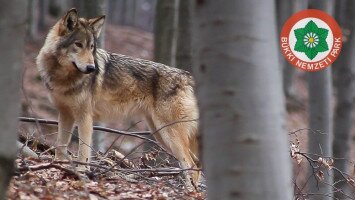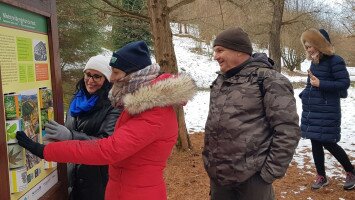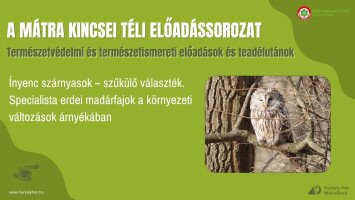
2022/1. - 6. Visit to Kiskunság National Park
Austausch in einen anderen Nationalpark
[07.06.2022-12.06.2022]
Durch die Freiwilligen vor uns inspiriert, wollten auch wir einen Austausch mit den Freiwilligen aus dem Kiskunság Nationalpark machen. Somit sind wir am Dienstag, den 7. Juni nach Kunpeszér gefahren, ein Ort mit ca. 700 Einwohnern. Wir wurden von den Freiwilligen Lara und Jakob und ihrem Ansprechpartner Csaba abgeholt und mit dem Jeep zum fünf Kilometer entfernten Forsthaus gefahren. Dieses liegt mitten im Wald und dient als Unterkunft, Treffpunkt, um den Arbeitstag zu beginnen und Arbeitsplatz für Aufgaben am Computer. Am nächsten Tag zeigten uns Lara und Jakob die Umgebung und Orte, an denen sie bisher gearbeitet hatten. Im Allgemeinen ist die Region sehr flach und an vielen Stellen auch deutlich trockener als im Bükk. Großflächige Wälder gibt es kaum, die Landschaft ist vorrangig von Graslandschaften geprägt. Diese sind Teil der UNESCO Biosphärenreservate und beinhalten eine große Diversität an Fauna und Flora. Am Nachmittag hat Csaba uns dann noch ihm persönlich wichtige Orte im Nationalpark gezeigt und verschiedene Aspekte des Ökosystems erklärt. Der Kiskunság Nationalpark befasst sich weniger mit Tourismus und deutlich mehr mit dem Erhalt der Diversität. An den nächsten zwei Tagen waren wir unter anderem noch in Kecskemét, haben einen Ort für verletzte Schlangen besucht und haben uns ein Adlernest angesehen. Zwischendurch hat es in Strömen geregnet, weshalb wir drinnen Karten spielten.
Galéria
Exchange to another National Park
[07.06.2022-12.06.2022]
Inspired by the volunteers before us, we also wanted to do an exchange with the volunteers from the Kiskunság National Park. On Tuesday, the 7th June, we went to Kunpeszér, a village with about 700 inhabitants. We were picked up by the volunteers Lara and Jakob and their contact person Csaba and driven in a jeep to the forest house five kilometers away. It is located in the middle of the forest and serves as accommodation, a meeting point to start the working day and a workplace for tasks on the computer. The next day, Lara and Jakob showed us the surroundings and places where they had worked so far. In general, the region is very flat and in many places also much drier than in the Bükk. There are hardly any large forests, the landscape is mainly characterized by grasslands. These are part of the UNESCO Biosphere Reserves and contain a great diversity of fauna and flora. In the afternoon, Csaba showed us places in the national park that were important to him and explained various aspects of the ecosystem. The Kiskunság National Park is less focused on tourism and much more on the preservation of diversity. During the next two days we visited Kecskemét, a place for injured snakes and an eagle's nest. In between, it rained heavily, so we played cards indoors.


















